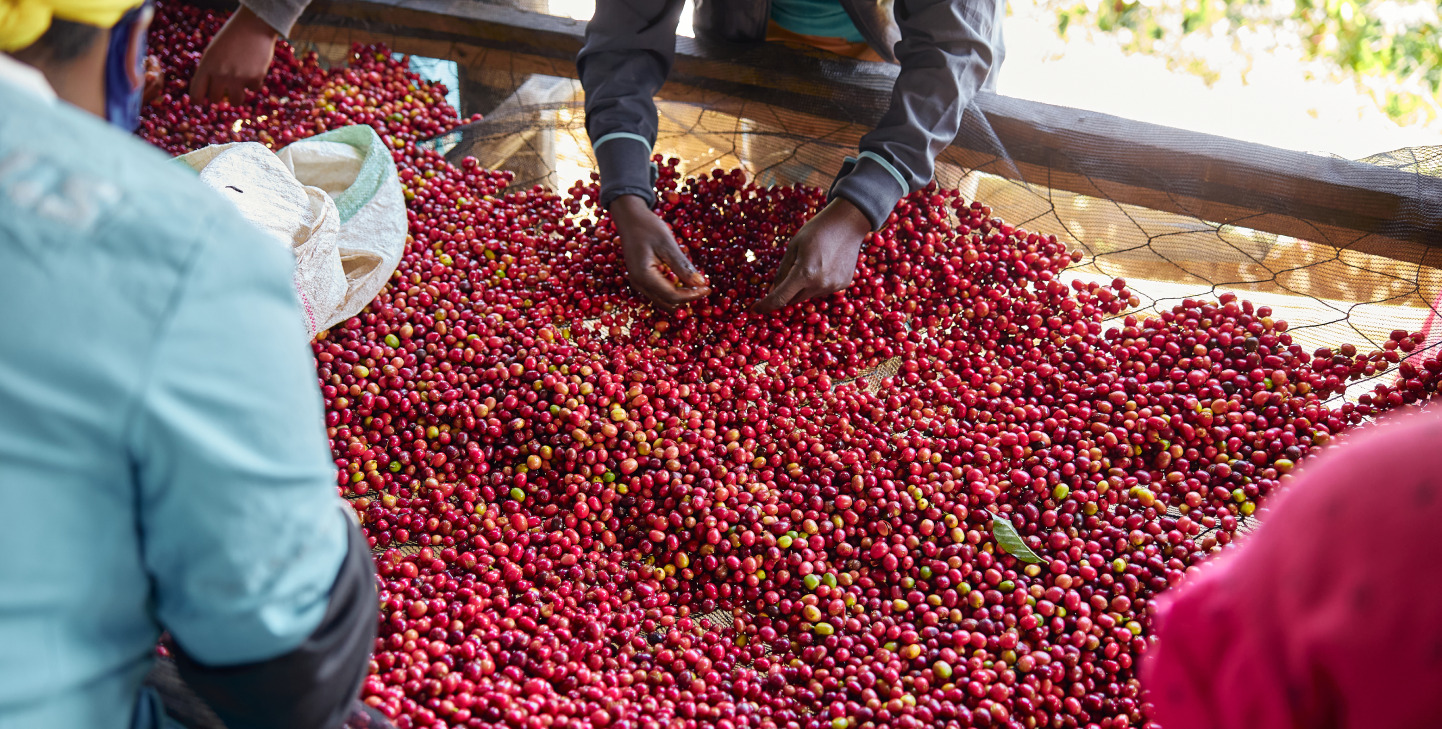Food is something many of us take for granted, yet it is a daily essential that keeps us fueled to complete our day to day tasks. Most of our food comes from fisheries, agriculture, or forestry and helps support rural development. Degradation of the environment is a serious issue.
Resources like oceans, freshwater, and soils are under great pressure from the impact of climate change, which can also cause area drought or floods. Rural areas cannot sustain the local people anymore, which forces them to seek livelihood in bigger cities.
There are more than 795 million people worldwide that face hunger on a daily basis. Developing countries are home to most of the world’s hungry people, and Asia and Africa suffer the most. Hunger and poor nutrition go hand-in-hand. It causes restricted growth in children and the deaths of about 3.1 million children under the age of five each year.
It is possible to follow a more wholesome diet if we make better use of farming methods and agricultural biodiversity. Furthermore, it can also improve the outcome of subsistence farming and lead to more sustainable forms of farming.
SDG 2 is geared towards eradicating hunger and providing nutritious food for all people, especially children, pregnant women, and the elderly by 2030. SDG 2 also seeks to double agricultural activity in order to improve sustainable food production and the livelihoods of subsistence farmers by 2030.
